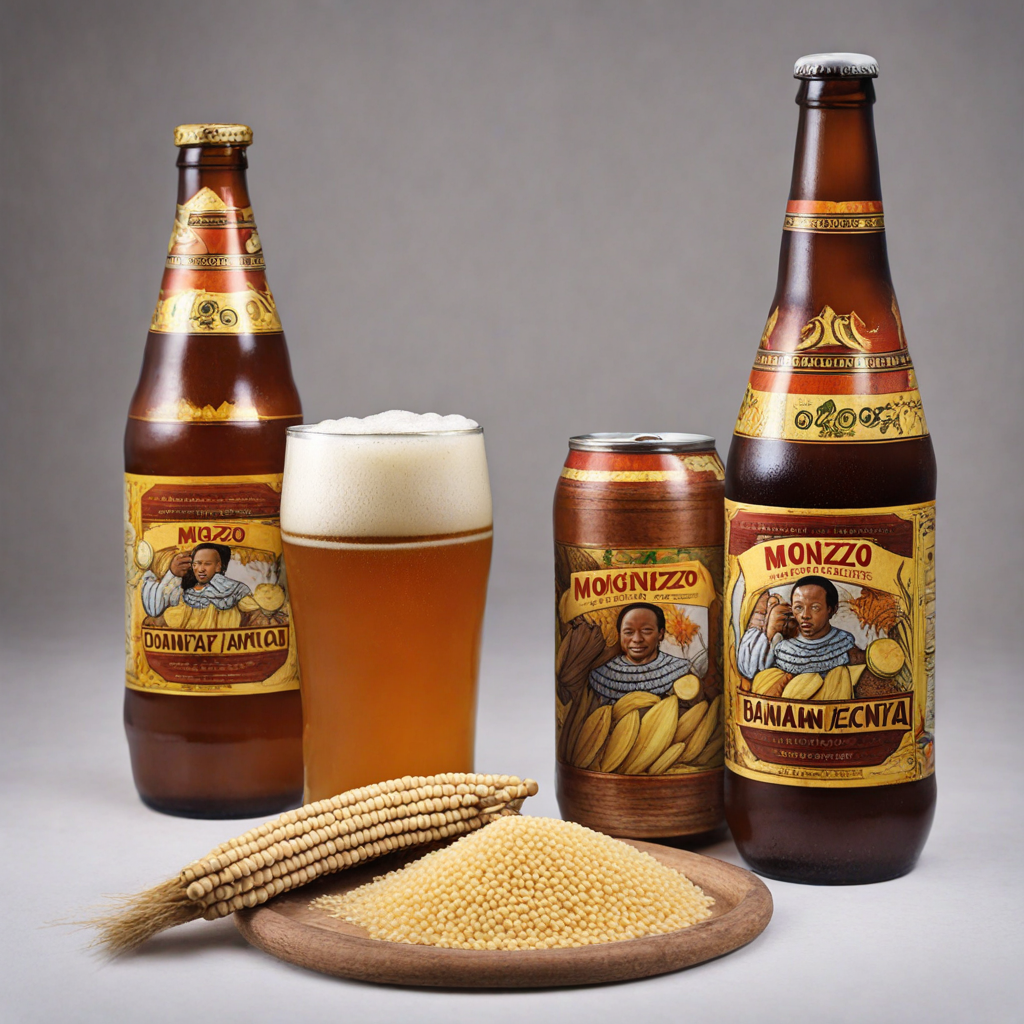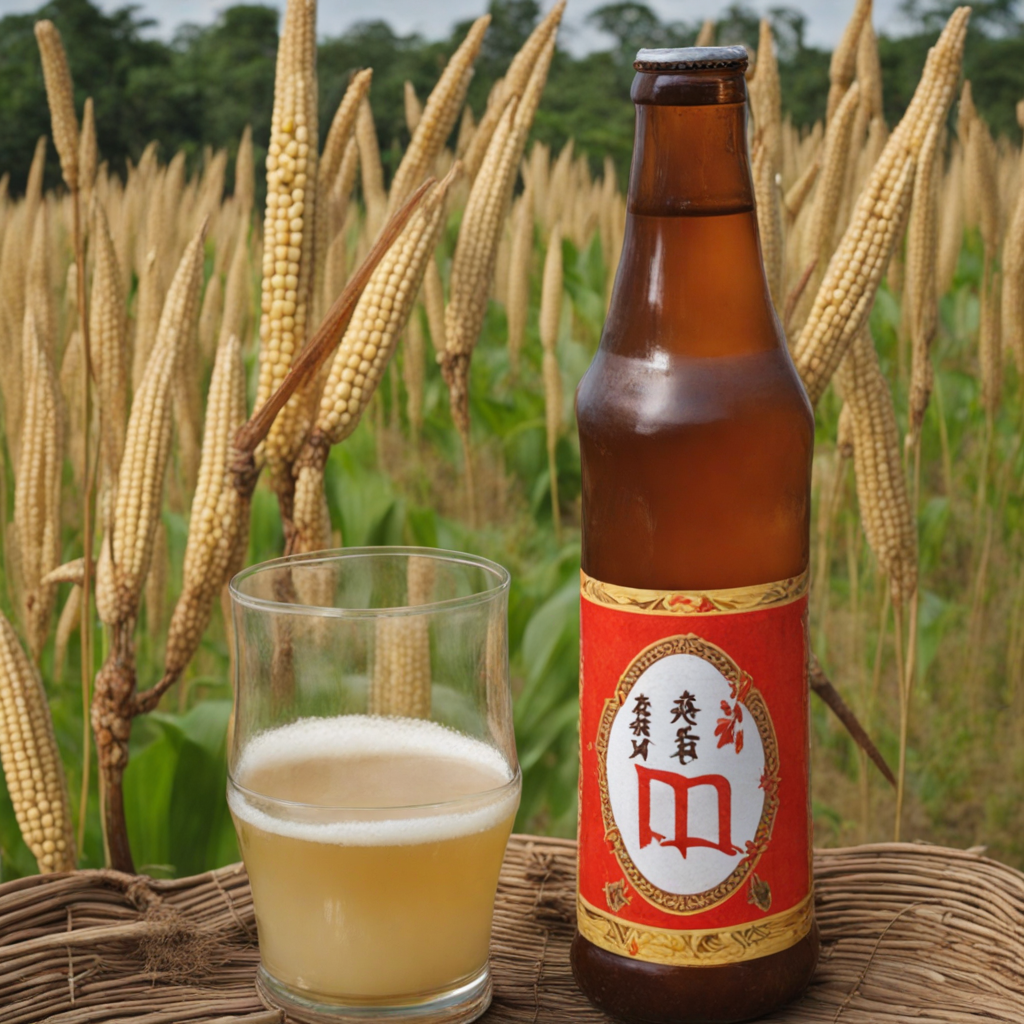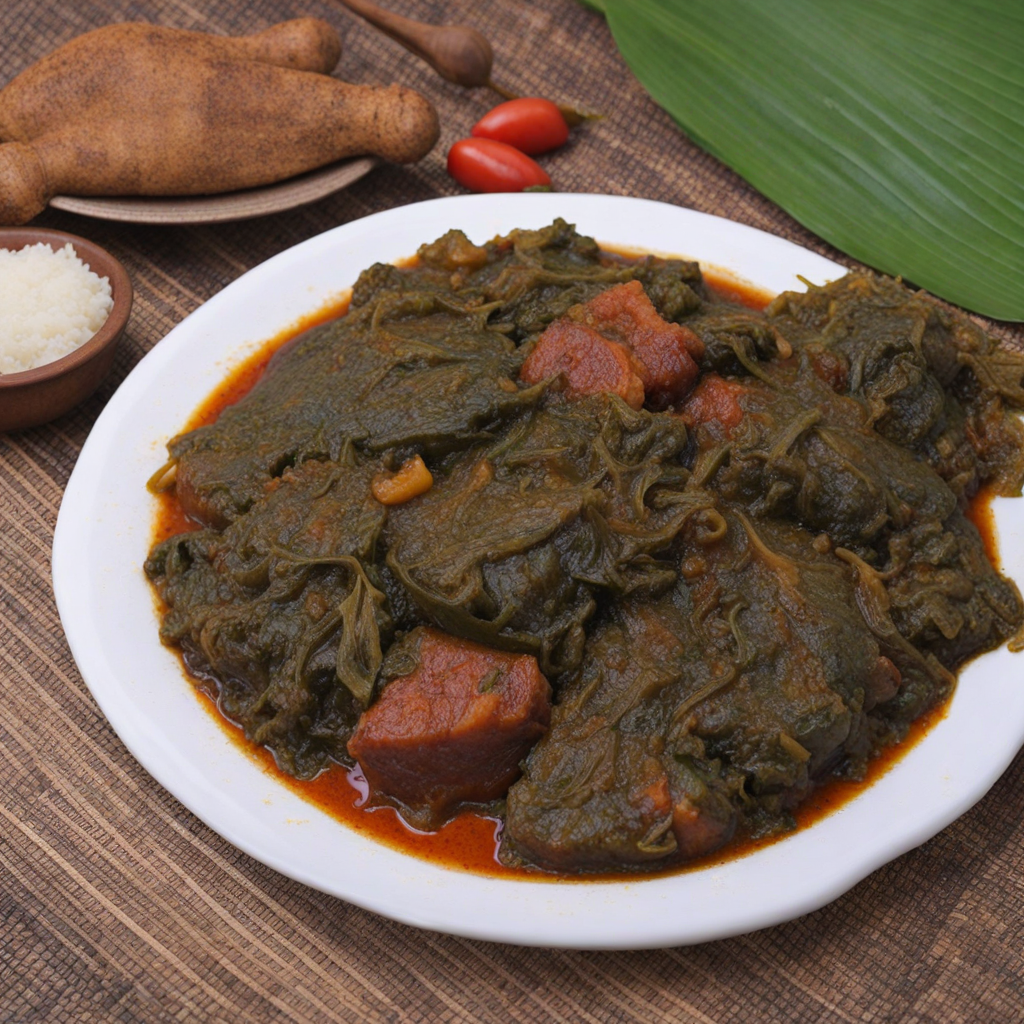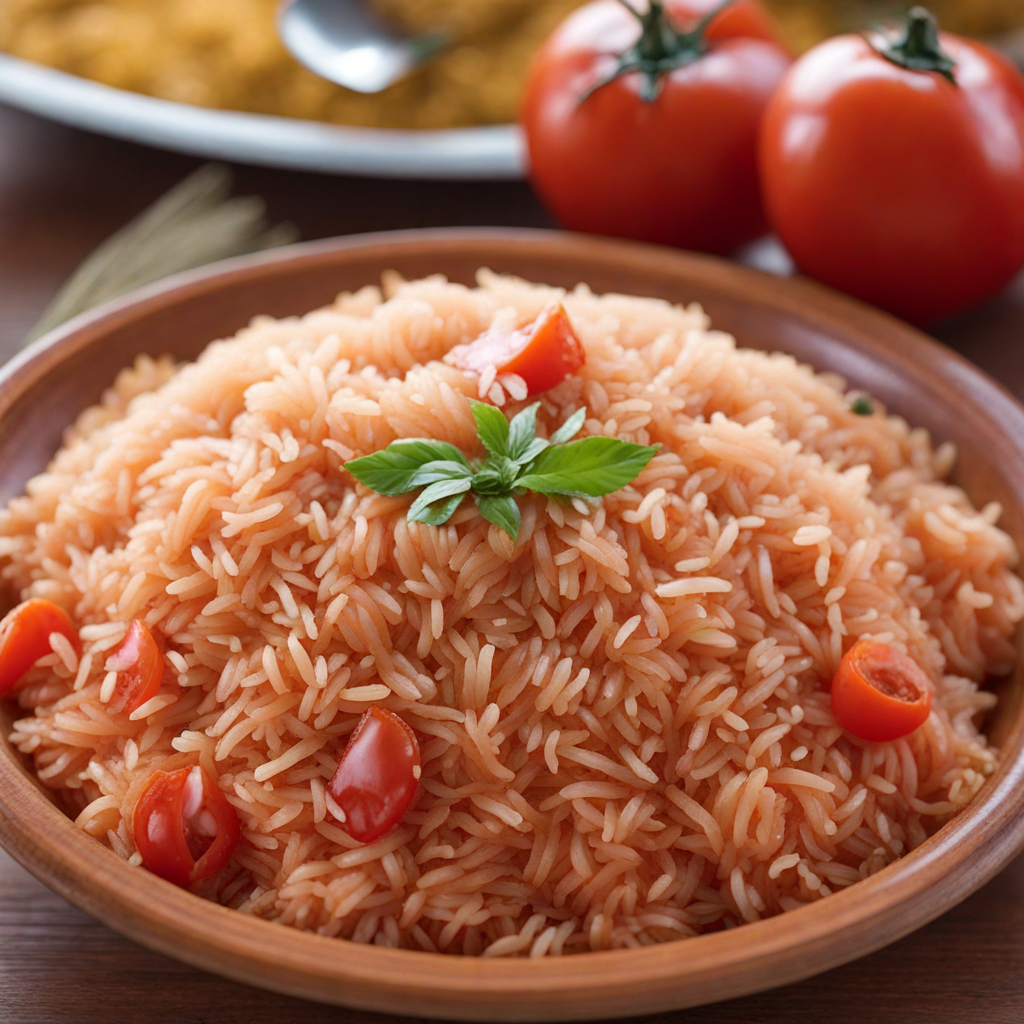Mongozo
Mongozo is a traditional dish from the Central African Republic that offers a unique blend of flavors and textures, showcasing the region's rich culinary heritage. This dish typically features a base of hearty grains or starchy vegetables, often accompanied by a variety of local meats or fish, which are simmered in a savory sauce. The ingredients are usually seasoned with a mix of indigenous spices, creating a vibrant and aromatic experience that is both comforting and invigorating. Each bite reveals the depth of flavor that comes from slow cooking and the use of fresh, locally sourced produce. The preparation of Mongozo can vary from household to household, reflecting the personal touch of the cook. It often incorporates vegetables such as okra, sweet potatoes, or cassava, which not only add nutritional value but also contribute to the dish's satisfying heartiness. The use of palm oil or groundnut sauce is common, providing a rich and creamy element that ties all the components together. This dish is usually served with a side of fermented or grilled plantains, enhancing its complexity and making it a well-rounded meal. Enjoying Mongozo is not just about the flavors; it is also an immersive cultural experience. Traditionally shared among family and friends, this dish fosters community and connection, making it a staple at gatherings and celebrations. The vibrant colors and enticing aromas of Mongozo create an inviting atmosphere, encouraging diners to savor each bite and appreciate the communal aspect of sharing food. For those looking to explore new tastes, Mongozo represents a perfect entry point into the diverse and rich culinary landscape of the Central African Republic.
How It Became This Dish
Mongozo: A Culinary Heritage of the Central African Republic Mongozo is a traditional dish that serves as both a staple food and a cultural emblem in the Central African Republic (CAR). The name "Mongozo" refers specifically to a type of porridge made from cassava, a root vegetable that has been cultivated in Africa for millennia. This dish not only nourishes the body but also carries deep cultural significance, reflecting the rich history and traditions of the Central African people. #### Origins The origins of Mongozo can be traced back to the early agricultural practices of the Central African region, where indigenous peoples began cultivating cassava (Manihot esculenta) around 2000 BC. Cassava, a drought-resistant tuber, became a staple food due to its adaptability to various soil types and climatic conditions. The plant thrives in the hot, humid conditions of Central Africa, making it a reliable food source for communities that often faced food insecurity due to sporadic rainfall and seasonal variations. The process of making Mongozo begins with the harvesting of cassava roots, which are first peeled and then grated or pounded into a fine paste. This paste is typically mixed with water and cooked over a fire until it reaches a thick, porridge-like consistency. The dish can be flavored with a variety of ingredients, including ground nuts, fish, or vegetables, depending on regional preferences and the availability of ingredients. #### Cultural Significance Mongozo is more than just a food item; it embodies the cultural identity of the Central African people. It is often associated with communal gatherings, celebrations, and rituals. Traditionally, Mongozo is consumed during communal feasts, weddings, and other significant life events, where it is shared among family and friends, symbolizing unity and togetherness. In many Central African communities, the preparation and consumption of Mongozo reflect social hierarchies and familial bonds. Elders often pass down the techniques of preparing Mongozo to younger generations, ensuring the continuity of culinary traditions. The dish is frequently accompanied by storytelling, where the elder members recount tales of ancestry and history, thus intertwining food with the narratives that shape cultural identity. Moreover, Mongozo holds religious significance in some communities. It is used in various rituals and ceremonies, including those honoring ancestors or seeking blessings for bountiful harvests. The preparation of the dish can also be seen as a form of offering, connecting the spiritual world with the physical through the act of cooking and sharing food. #### Development Over Time The evolution of Mongozo over time reflects broader historical and socio-economic changes in the Central African Republic. Like many traditional foods, its preparation and consumption have been influenced by external factors, including colonization, globalization, and urbanization. During the colonial period, which began in the late 19th century with the establishment of French rule, the introduction of new agricultural practices and crops altered local food landscapes. While cassava remained a staple, other imported ingredients began to influence the ways Mongozo was prepared. The introduction of maize, rice, and other grains diversified the diet of the Central African people and led to variations of Mongozo that incorporated these new ingredients. In contemporary times, Mongozo continues to be a vital component of the Central African diet, particularly in rural areas where traditional practices are still prevalent. However, urbanization has brought about changes in food preparation and consumption patterns. Many people now opt for quicker, more convenient meals due to busy lifestyles, leading to the emergence of instant versions of Mongozo that require less time to prepare. Despite these changes, the essence of Mongozo as a cultural artifact remains intact. It is still served during important ceremonies and gatherings, symbolizing resilience and continuity in the face of rapid modernization. Moreover, local initiatives aimed at preserving traditional culinary practices have emerged, promoting Mongozo as a dish that embodies the spirit and heritage of the Central African Republic. #### Mongozo in the Global Context As the world becomes increasingly interconnected, Mongozo has also found its way into global culinary discussions. With the rise of interest in authentic and ethnic cuisines, traditional African dishes, including Mongozo, have garnered attention in various gastronomic circles. Chefs and food enthusiasts are recognizing the importance of preserving traditional recipes and the stories behind them, leading to a resurgence in the appreciation of Mongozo and other indigenous foods. In recent years, food festivals and cultural exhibitions have showcased Mongozo, allowing it to reach a broader audience. These events not only promote the dish but also educate people about the cultural significance of food in the Central African Republic, fostering a greater understanding and appreciation of the region's culinary heritage. #### Conclusion Mongozo is more than just a simple porridge; it is a testament to the resilience and adaptability of the Central African people. Its origins in ancient agricultural practices, its cultural significance in communal and religious life, and its evolution in response to changing socio-economic landscapes all contribute to its status as a cherished dish within the Central African Republic. As Mongozo continues to be prepared and enjoyed, it serves as a reminder of the rich traditions that nourish not only the body but also the spirit of a people, connecting generations through the timeless act of sharing food. In a world where culinary traditions are often overshadowed by fast-paced modern lifestyles, Mongozo stands as a beacon of heritage, inviting both locals and global citizens to partake in its rich history and cultural importance.
You may like
Discover local flavors from Central African Republic







